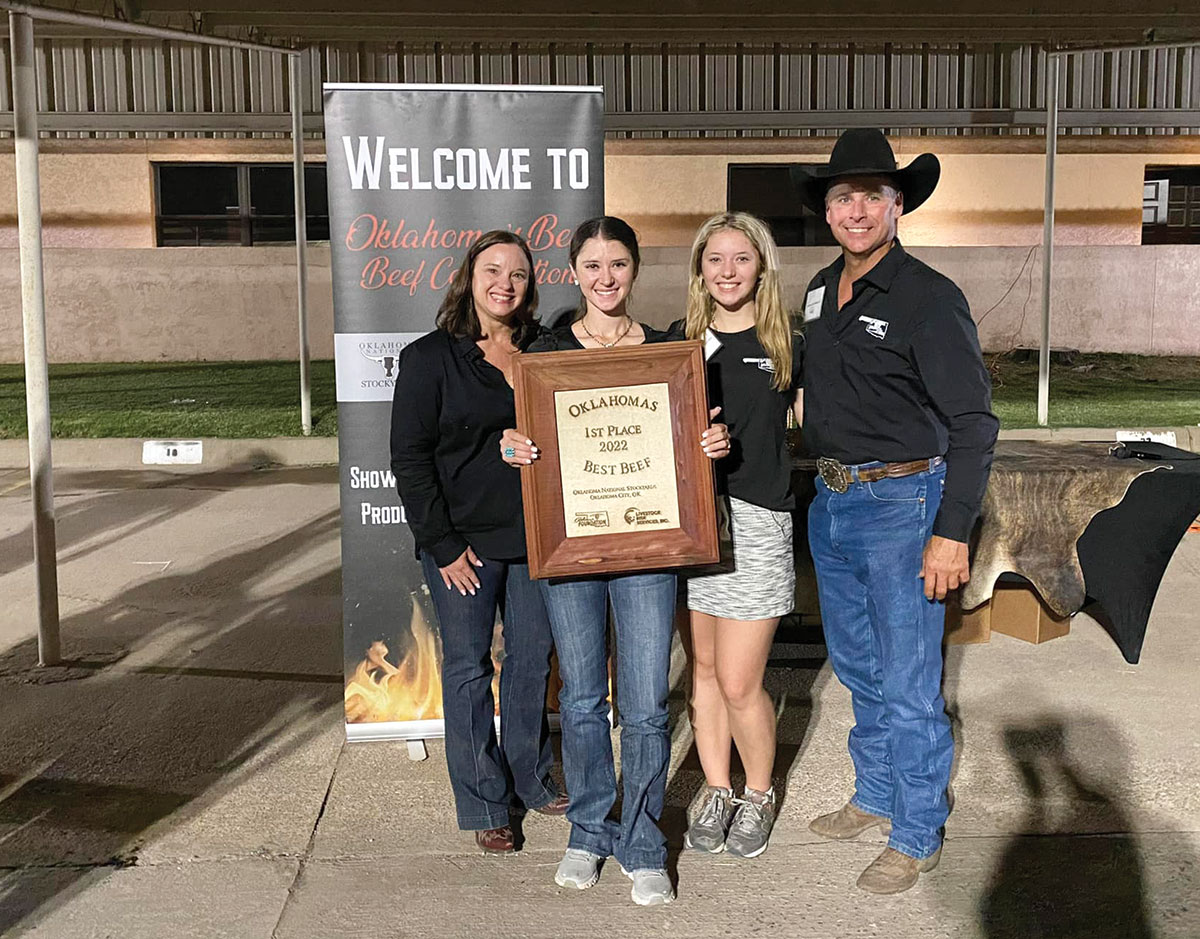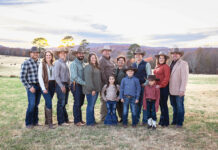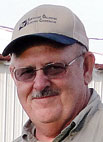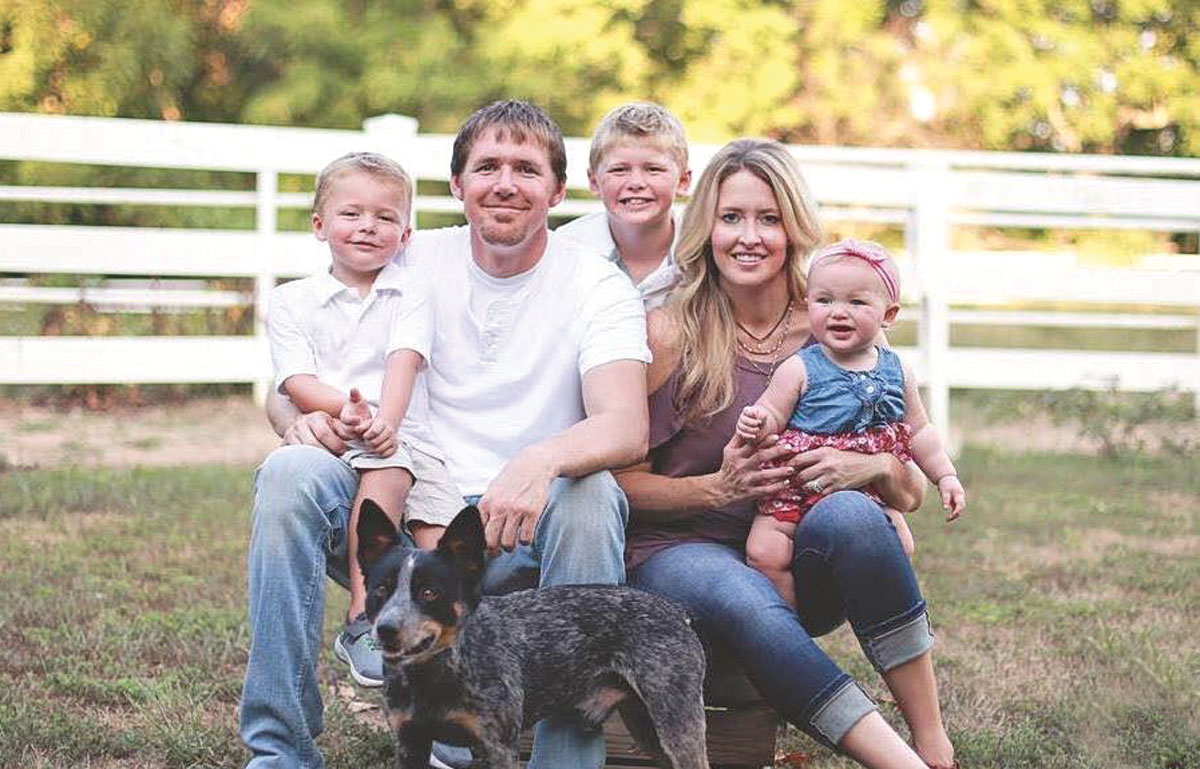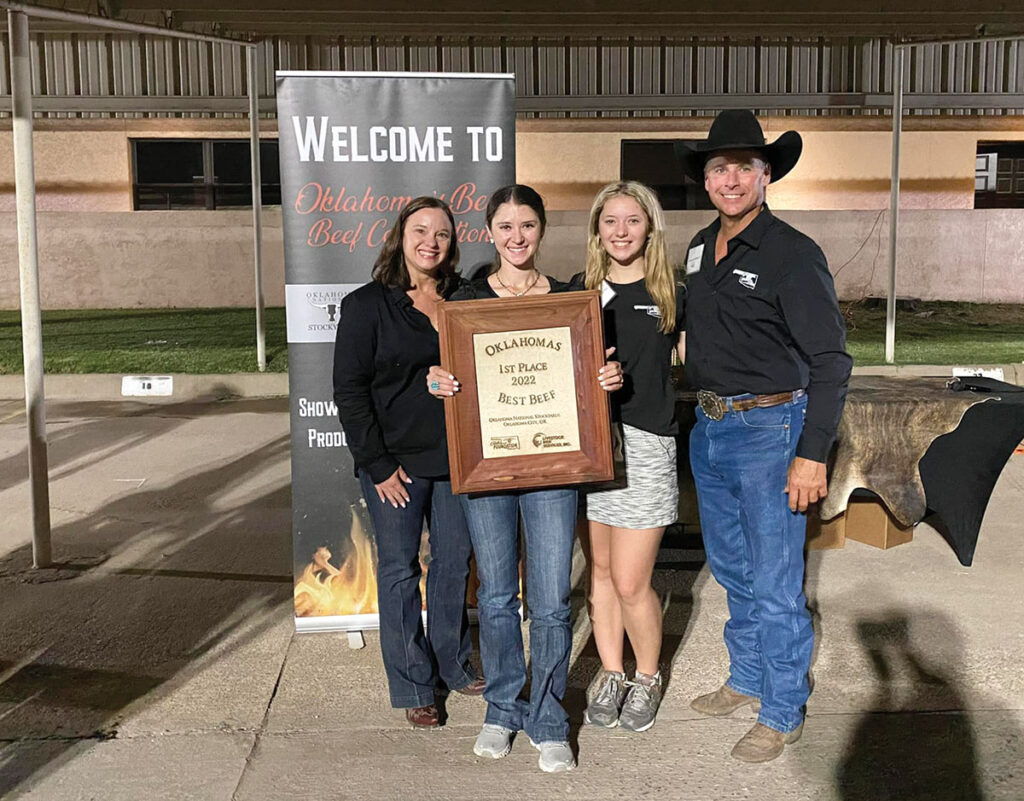
Oklahoma Beef Market owner says he sticks with cattle that produce high-quality carcasses.
HULBERT, OKLA. – Rex Jarvis was kind of nudged in the retail beef segment. While it was something the longtime rancher had thought about, there was never the right time or opportunity for him to give it serious consideration.
“Life’s busy with raising kids and then having the job,” Rex said. “I was there with the co-op for almost 10. But just making time to do everything wasn’t feasible to try and take orders or haul to the butcher.”
But then, like many people across the country, the Pandemic kind of forced his hand. Once things settled down, there was a change in people’s mindset when it came to how they wanted to purchase their meat.
“Right after that pandemic there were people that were looking to buy beef and stock up and have reservoirs,” Rex said. “I had recently stepped away from a job at our local co-op and I thought this would be one way to maximize the number of head that we’ve run on our place to get the full earnings out of the heifers and go direct to the consumers. When I was finished with the co-op that allowed me to have the time to manage and do all that’s needed.”
With that, Rex founded the Oklahoma Beef Market, which he runs off his 180-acre ranch in Hulbert, Okla. Rex, who runs his cow/calf operation with the help of his wife and daughters, normally holds a herd of 45 heifers on the ranch. In the few years that he has been selling beef direct to consumers, he says the business has grown steadily.
“Any business you always want to do better and do better and be bigger,” Rex said. “ I think in most cases we’ve killed approximately 25 for the last two years and then this year we’ve killed 30. We’re doing better this year. I think people were willing to spend a little to stock up in their freezers and have pretty good, higher-end beef is what I would call it.”
Rex raises predominately Angus beef, which he says is grass-fed and grain-finished with all-natural grains.
“What we’ll do is normally we’ll raise them on the grass or hay and feed, substitute a few pounds of feed to get them to 900 to 1,000 pounds, and then we’ll pull them in and do a small paddock with hay and the percentage of feed we need to get them to really turn it on and to finish them, he explained. “To put the margining on the meat, we’ll use a three-way commodity feed and a percentage of the body weight is what would go off. I do feed them twice a day so they don’t tank up on one feeding or the lead steer gets all the feed and it gets too much. But I do feed them twice a day, so I think that makes a difference too as well.”

Rex has specifically stayed with Angus beef rather than stray out to other exotic breeds for a number of different reasons.
“We’ve run Hereford and Angus crosses and they’ve done well and they always get big and grow good,” Jarvis said. “In the end, when you’re looking at the pounds of meat produced, my personal opinion is that the Angus, as far as their carcass, produces more percentages. More beef to the plate.”
But along with the high-quality beef, Rex said one of the reasons the Oklahoma Beef Market has been able to survive and do well is the service he provides his customers.
“I do try to make it easy for the consumers,” Jarvis said. “We deliver steers to the butcher for the processing and then help people with their cut sheets and figuring out what cuts they might like or dislike. And then delivery, if we’re in semi-close proximity when they’re finished. But I do try to do that, take time to get it to the customer’s freezer because everybody’s busy.”
Because the Oklahoma Beef Market is a one-man operation, Rex doesn’t envision the business getting much bigger than it is now. Also, with the price of land, it wouldn’t be cost-efficient to expand.
“To be honest, we probably should shrink just because of the amount of land and the grass that it produces, we’re probably a little crowded with 45,” Rex said. “We’ve been bigger. We’ve run a 100 head full, but of course, it had lease lands and stuff and that was all fine and good, but at the same time, I don’t know that the profitability was all that great because your expenses are large and I’m thinking with where I’m at right now, it’s working pretty good. We do hope to do more steers for processing and finishing, but if we don’t, it’s not a bad deal where we’re at.”

